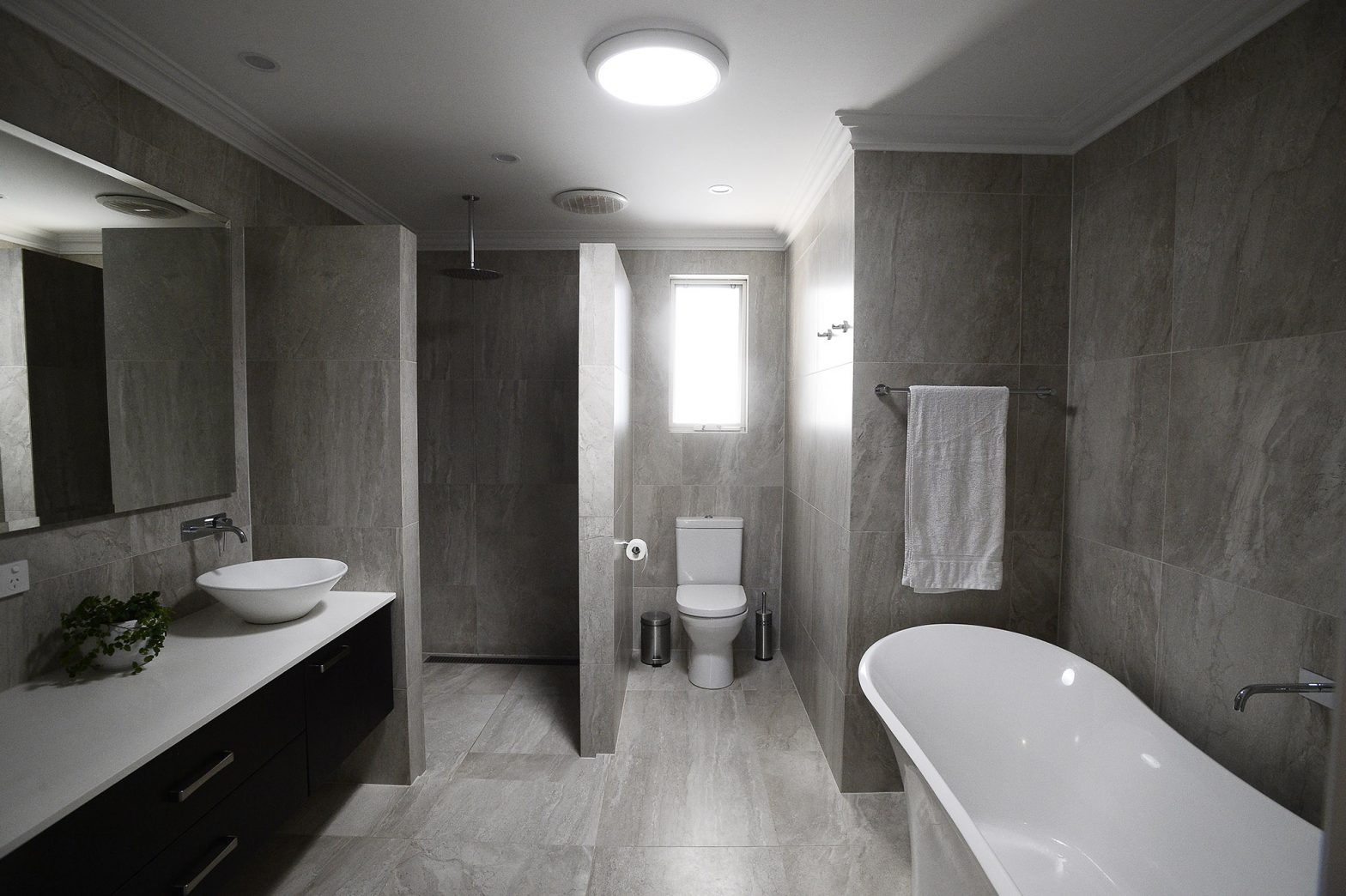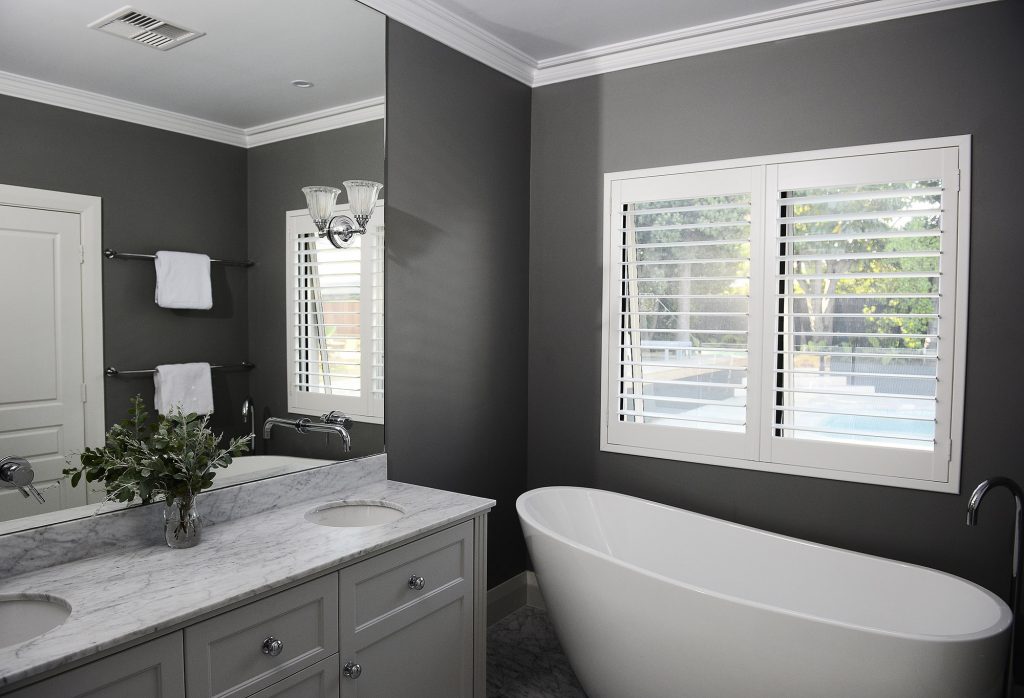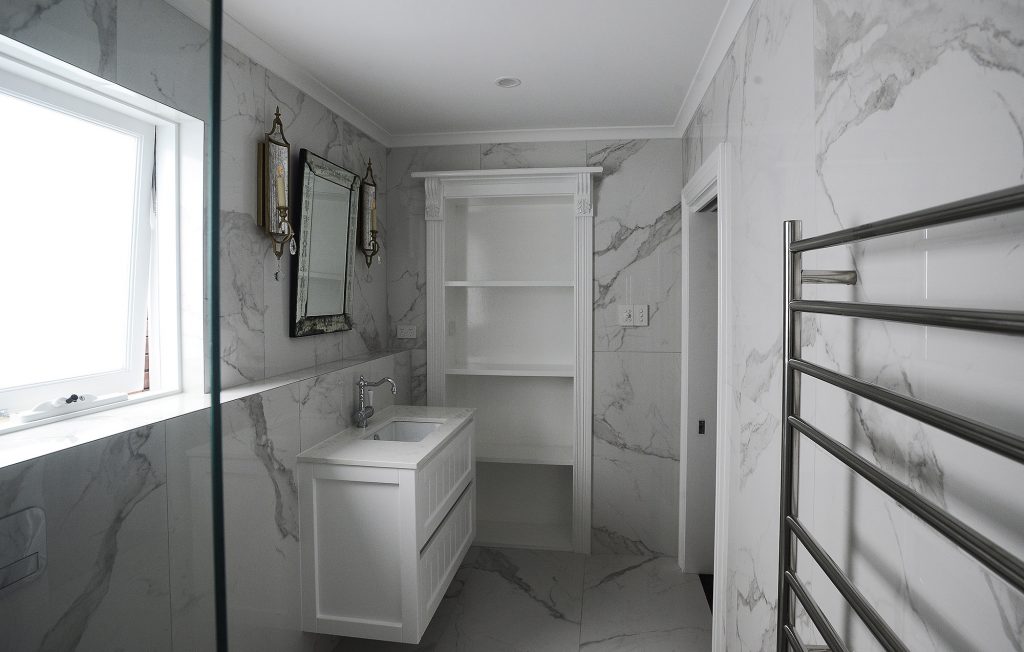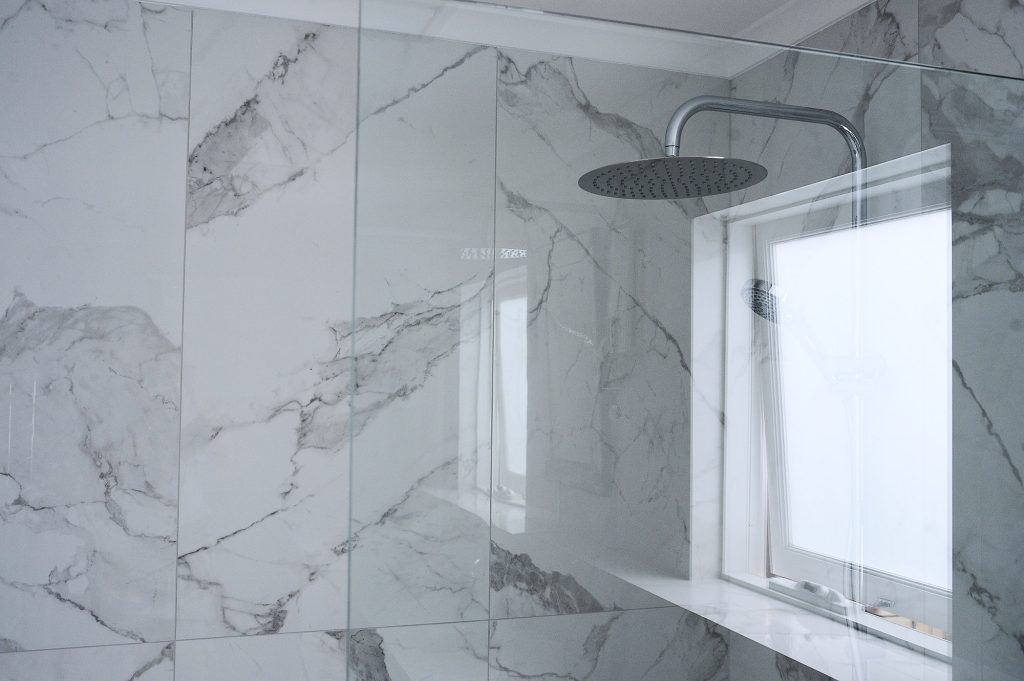
Floor to Ceiling Tiling in the Bathroom – Yes or No?
Are you thinking about Floor to Ceiling tiling in your bathroom? Believe it or not, deciding on tiling height in bathrooms is one decision that homeowners struggle with. It is one of those things that you have never spent much time thinking about, until you have to make a decision yourself!
You are then left scratching your head, wondering about the different options and which one you should go with. It can be confusing. The good news is that we are here to help.
In other good news, the short answer to tiling heights is that you can’t really make a wrong decision. You can however, make a decision that best suits your needs and priorities. By knowing what is important to you, you can make your decision based on whether cost is a factor or whether you are after luxury at any cost, or perhaps somewhere in between those two extremes is a better fit.
Essentially there are three main options which we can categorise into price levels. Effectively, the more you tile, the more it costs! Makes sense. But there are some other factors to consider too. We break these down for you within each option below.
Cheapest option – Single row of skirting tile around the perimeter of the bathroom
This is often the preferred choice in entry-level homes, first homes or project homes when building on a tight budget is necessary. Your priority in this case is to have a well-appointed home for the least possible cost, and as such, a skirting tile is your most effective option.
With this option you will obviously need to paint the walls. This has a cost too, but is a lower cost than tiling. You can also use paint to create a great sense of style and drama. Low cost does not have to mean you are compromising on a great outcome.

Mid-range option – Tile to waist-height around the bathroom
The mid-range option of tiling to waist-height – or dado height as some would call it – also provides you with the option of using a dado tile as a decorative border.
This was very popular in heritage-style tiling on home renovations in the 1980s and 1990s when decorative border tiles were quite the thing.
Nowadays, waist-height tiling is popular in children’s bathrooms as it is hard-wearing and stands the test of time quite well.
Luxury option – Floor to Ceiling Tiling
Floor to ceiling tiling is a hotly debated topic in home renovations and we often see people asking questions about it in Facebook groups, online and in-person when we are working together with clients on their home renovation. Floor to ceiling tiling is most defintely luxury option and the results can be absolutely stunning. This is also your most expensive option but it will look as good on day 1 as it will in 10 years.
Tiles are hard-wearing and by tiling from floor to ceiling you will be opting for a high quality bathroom renovation that will stand the test of time.

Yes – The case FOR floor to ceiling tiling
Number 1 reason – It creates a sense of luxury and style. Bathrooms are now becoming a sanctuary and not just a functional wash-room, so there is a desire for a luxury experience.
2 – It can make a bathroom feel bigger, so this is a great choice for small bathrooms and one of the reasons why it is popular in ensuites too.
3 – Do away with painting costs both now and into the future. You will only need to paint the ceiling. No other surfaces in the bathroom will require painting.
4 – Tiles are easy to maintain and it is easy to keep your luxury bathroom looking like it is in showroom even after many years of use.

No – The case AGAINST floor to ceiling tiling
1 – It is Expensive: there is an increased cost in materials and labour to lay the tiles, simply because there is more tiling to be performed than with other options.
2 – It can look clinical and cold. Be warned that if you do not make wise selections, your overall look can end up looking quite stark and uninviting. We suggest getting an interior designer to help you with your tile selections to avoid this outcome. Using timber vanities and tiles with contrast on the floor and walls can avoid this outcome.
3 – In older homes, tiling the walls can problematic. It is not uncommon in older homes for the wall to be out of plumb. That is, they can be a little wonky and when you try and lay a hard, flat tile against it, you may struggle to get a consistently flat and even surface. If you are not sure about your walls, get your hands on a Spirit Level and check. If your walls are out of plumb, correcting this will add to the cost of your renovation.
Summary
In our experience, most homeowners are opting for floor-to-ceiling tiling in their ensuite, and opting for the mid-range option i.e. waist-height, in the children’s bathroom and additional bathrooms.


